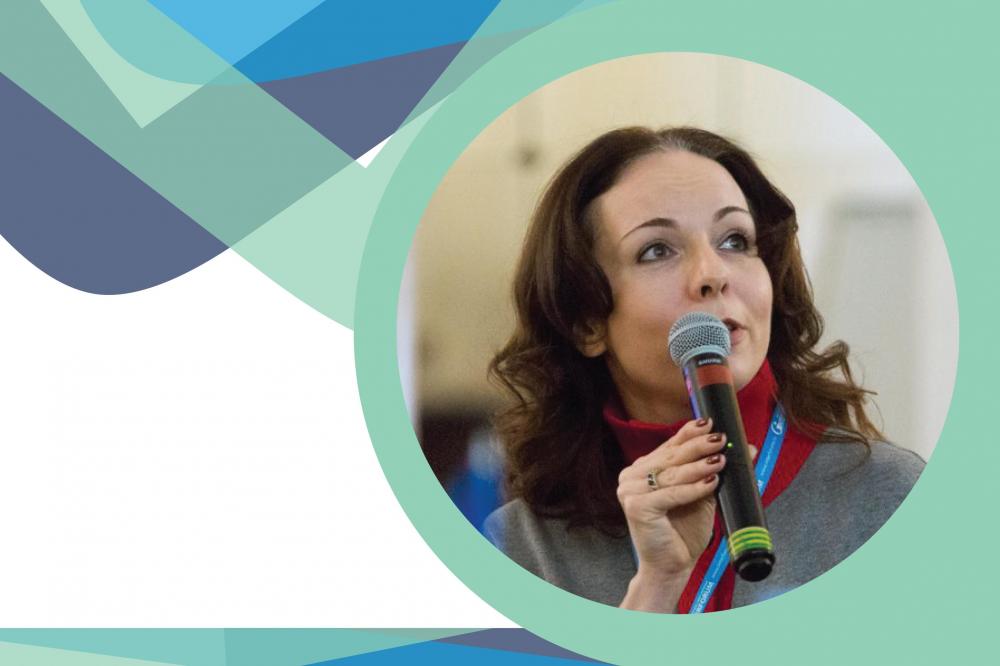On November 25-27, 2020, Moscow hosted the international online conference “PR PANDEMIC TRENDS-2020”.
During 3 days, speakers and participants engaged in a vigorous dialogue about the most powerful tools to reach their target audiences and help businesses in the era of the pandemic.
The country’s topmost brands opened up about the real cases through the synergy of Russian and international practices. They presented research, talked about trends. Hot pr debates of experts and delegates, master classes, workshops, and training sessions fr om renowned gurus of the profession unfolded right during the broadcast. That was a hot, instructive, and insightful experience!
Heads of public relations departments and specialist departments of the major Russian and international companies took part in the event. These spoke on behalf of such major brands as Coca-Cola, HBC Russia, Danon, NANOLEC, GLONASS, Interfax, Rosatom, KFC, Sibur, SAP, POLUS, and others. The list makes it clear that the new reality brings everybody closer to each other, whether B2B, B2C, or even B2G.
The conference program consisted of three blocks: the first day was devoted to the PR-strategies practice “in the times of turbidity”. The second day brought together digital experts, who spoke about topical methods of marketing, content transformation, and technologies of interaction with micro- and even nano influencers in the “coronavirus” era. On the last day of the conference, the participants talked about the main “bottleneck” of all communicators, i.e. how to check whether PR tools work well.
Yulia Deyeva, Director for Corporate Communications of NANOLEK, took part in the first day of the conference as a moderator and speaker. She told her story of trends during the pandemic:
“I went to work in a new area for me - pharmaceuticals - on March 13, 2020, on Friday. 2 weeks later we were sent to a blind-end “remote mode.” I had to be very swift in adapting to a new reality, not just to a new topic. But that’s even of a greater appeal to me. I took the word “challenge” as my motto. We revised the PR plan, shifted the focus to social networks, got to care more about our manpower and partners as target audiences. We are still on the active side of our business life: our contributors spoke at 9 online events in October.
The pandemic amounts to the crisis, after all. Well, PR always talks a lot about anti-crisis communications. Now, it’s time for everyone to put the theory into practice. The lockdown proved that the thing that comes to matter most in this adversity is the people’s interaction. Indeed, the information field is rich in negative things, so we must try to find positive news and broadcast it. In doing so, we should speak to the point, not just to get “spotted.”
We would like to thank Inform Media Conferences, the organizer of the “PR 2020” conference. This event is a truly high level of content, not just the technical one. You happened to bring together the thought leaders in their fields and share with us the latest applied content without a fluff.
On our part, we wish to share the most important, in our opinion, trends that the organizers have summarized at the end of the event. Here they are:
1. Growth of hybrid professions. The professional competencies are blurring the boundaries between them. An example is an employer’s Brand professional (communications/HR/marketing).
2. The roles of some professions will rise in value. These professions are wh ere interpersonal skills are required. It’s not just about the classic HR, but also about people being enthusiastic about their job functions, or when the psychology of employees is addressed, or for the correct team-working microclimate. At this point, the value of the professions related to the employer’s brand management and in-house communications will rise.
3. The rising value of soft skills vs hard skills (EQ, communication, self-presentation, networking, critical thinking, uncertainty handling, lifelong learning, bringing people together, and the ability to manage people from a distance).
4. The educational ideas like the on-going training, flexible or off-site schedule incentives for staff are the area for the companies to invest in.
5. The future leadership will have its essential skills. Just to name a few, being both flexible and able to focus, open to changes, able to shape a vision of the shared future and a critical mindset.

